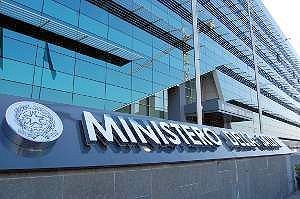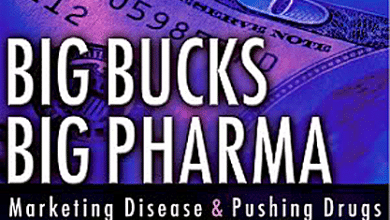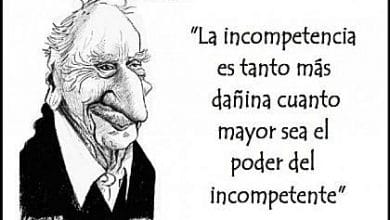
It is forbidden to use social networks to advertise to self-medication drugs. For Facebook, the only exception is the right-hand column of the so-called "wall", the post space, where advertisements consisting of a photo and a short accompanying text have already been published for some time; for Twitter, however, the ban is absolute. The indication comes from the update with which the Ministry of Health has recently renewed the guidelines for pharmaceutical advertising on new media. The main recipients of the document are obviously the managers and creatives of pharmaceutical companies, but reading it does no harm even to the pharmacist who has opened a Facebook profile for his pharmacy, manages an e-commerce site or uses e-mail as a means of marketing and loyalty.
.jpg) First of all, the guidelines distinguish between institutional sites (ie that the company uses to promote its image), company sites (owned), product sites and finally non-owned sites. In the first case, it is permitted to publish the list of Sop and Otc marketed by the company without any request for authorisation, with a possible link for each one to the leaflet only and possibly to an image of the packaging. In other cases, however, the company must present the traditional request for permission to advertise to the Ministry, complete with the web address of the site where the advertisement will be placed. Furthermore, the company must clearly circumscribe the advertising message and insert a wording that specifies how the authorization refers only to the latter. «In the event of websites relating to products», the guidelines still warn «the company must send the Ministry the map of the site indicating the parts relating to advertising that require authorisation.
First of all, the guidelines distinguish between institutional sites (ie that the company uses to promote its image), company sites (owned), product sites and finally non-owned sites. In the first case, it is permitted to publish the list of Sop and Otc marketed by the company without any request for authorisation, with a possible link for each one to the leaflet only and possibly to an image of the packaging. In other cases, however, the company must present the traditional request for permission to advertise to the Ministry, complete with the web address of the site where the advertisement will be placed. Furthermore, the company must clearly circumscribe the advertising message and insert a wording that specifies how the authorization refers only to the latter. «In the event of websites relating to products», the guidelines still warn «the company must send the Ministry the map of the site indicating the parts relating to advertising that require authorisation.
The almost categorical no to OTC advertising on social media, on the other hand, is motivated by the Ministry with the characteristics of communication on the drug: the authorized messages, is the explanation of the ministry, must be static due to the nature of the content, i.e. they cannot be modified once approved. On social media, however, comments and discussions that develop from individual posts jeopardize this requirement. Result, no to OTC advertising on Twitter and "no" on Facebook, where it is allowed only if it appears in the right-hand column already reserved for announcements and static advertisements (two formulas tolerated: text+single image+link or text+images multiple+links).
 Yes also conditioned to Youtube, where companies they can only insert advertisements authorized by the Ministry (video, audio, scripts and images) after disabling the social functions, i.e. "like", "share" and "comment". Yes also stipulated for advertising via sms and mms (provided they are always authorized campaigns and the consumer is allowed to unsubscribe from the mailing list at any time) and that ensured by links/banners, in which case a wording specifying "You are leaving the company website ... containing promotional material authorized in accordance with current legislation on healthcare advertising".
Yes also conditioned to Youtube, where companies they can only insert advertisements authorized by the Ministry (video, audio, scripts and images) after disabling the social functions, i.e. "like", "share" and "comment". Yes also stipulated for advertising via sms and mms (provided they are always authorized campaigns and the consumer is allowed to unsubscribe from the mailing list at any time) and that ensured by links/banners, in which case a wording specifying "You are leaving the company website ... containing promotional material authorized in accordance with current legislation on healthcare advertising".
Finally, as regards the communication addressed to the operators (including pharmacists and doctors), the warning from the Ministry is that access remains reserved for professionals even when it is disseminated via the internet. « Therefore, companies must provide for the establishment of encrypted areas, with access via password. «It follows» concludes the Ministry «that even in the context of sites with free access to the general public, the links to areas intended for information for health professionals must, in any case, act as an access barrier, for those who do not configure themselves As such".





